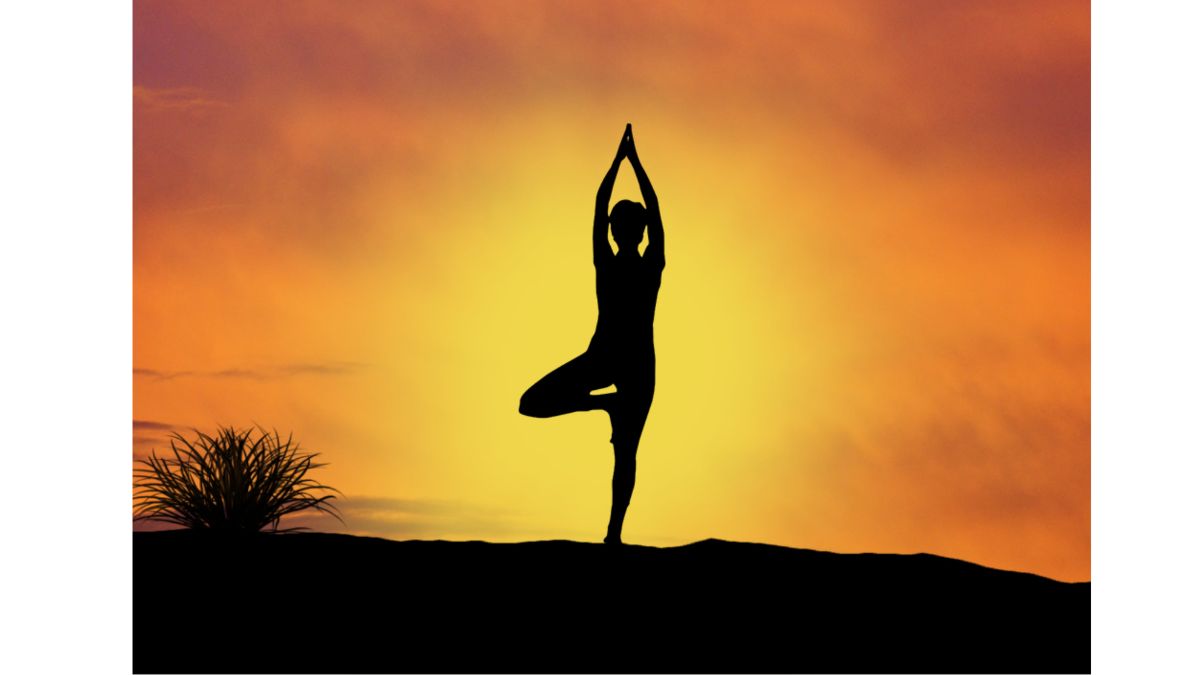- By Prerna Targhotra
- Thu, 20 Jun 2024 04:45 PM (IST)
- Source:JND
International Yoga Day 2024: Yoga is a transformative mind-body practice that holds immense science-backed benefits. Regular practice not only boosts health and longevity but also sharpens self-awareness and fuels personal growth. That’s why, at Roundglass Living, we see yoga as a powerhouse practice for wellbeing.
Prakriti Poddar, global head of mental health and wellbeing for the Roundglass Living app says “Yoga combines the restorative effects of deep breathing with physical postures, supporting mental health and counteracting the negative impacts of stress. Daily practice can improve cardiac health, promote better sleep, soothe anxiety, enhance strength and mobility, and encourage greater emotional resilience.”
Health Benefits Of Yoga
Practising yoga can also help lower your cholesterol, blood glucose levels, and heart rate, making it an effective way to prevent and manage chronic conditions like diabetes and heart disease. The Roundglass Living app includes a wide selection of guided classes, perfect for getting even total beginners moving and breathing as part of a longevity routine.
ALSO READ: International Yoga Day 2024: 5 Simple Yoga Poses To Quickly Reduce Your Belly Fat Naturally
If you’re unsure of where to start, breathwork makes a great entry point. Known as prana, the breath is considered a potent force in yogic philosophy. Pranayama, a core teaching of yoga, shows us the correct way to breathe to harness its rejuvenating effects. Deep, slow breathing as prescribed in yogic texts has been shown to help lower blood pressure by five points or more after a few months of regular practice.

Benefits Of Yoga (Image Credits: Canva)
Slower pranayamas deliver more oxygen to your blood and brain, calming the nervous system, aiding detoxification, and sharpening your focus. Nadi shodhana pranayama (alternate nostril breathing) is fantastic for relieving anxiety and stress and clearing out energy blockages. And bhastrika pranayama (bellows breathing), at a slow pace of six breaths per minute, can significantly lower both systolic and diastolic blood pressure and slightly ease your heart rate.
However, as powerful as they may be, there’s more to yoga than poses and breathing. The word yoga comes from the Sanskrit root yuj, meaning to unite, and refers to the union of body, mind, and soul. Living a yogic life is as much about cultivating self-compassion, honing self-discipline, strengthening the mind, and being responsible for our choices and actions as it is about mastering physical techniques.
As we go deeper into the practice, we uncover the connections between our conscious and subconscious mind, feeding our self-awareness and helping us transform negative feelings and habits into vehicles for personal growth.
ALSO READ: International Yoga Day 2024: Best Yoga Poses To Include In Your Regular Routine For Fit And Fab Body

